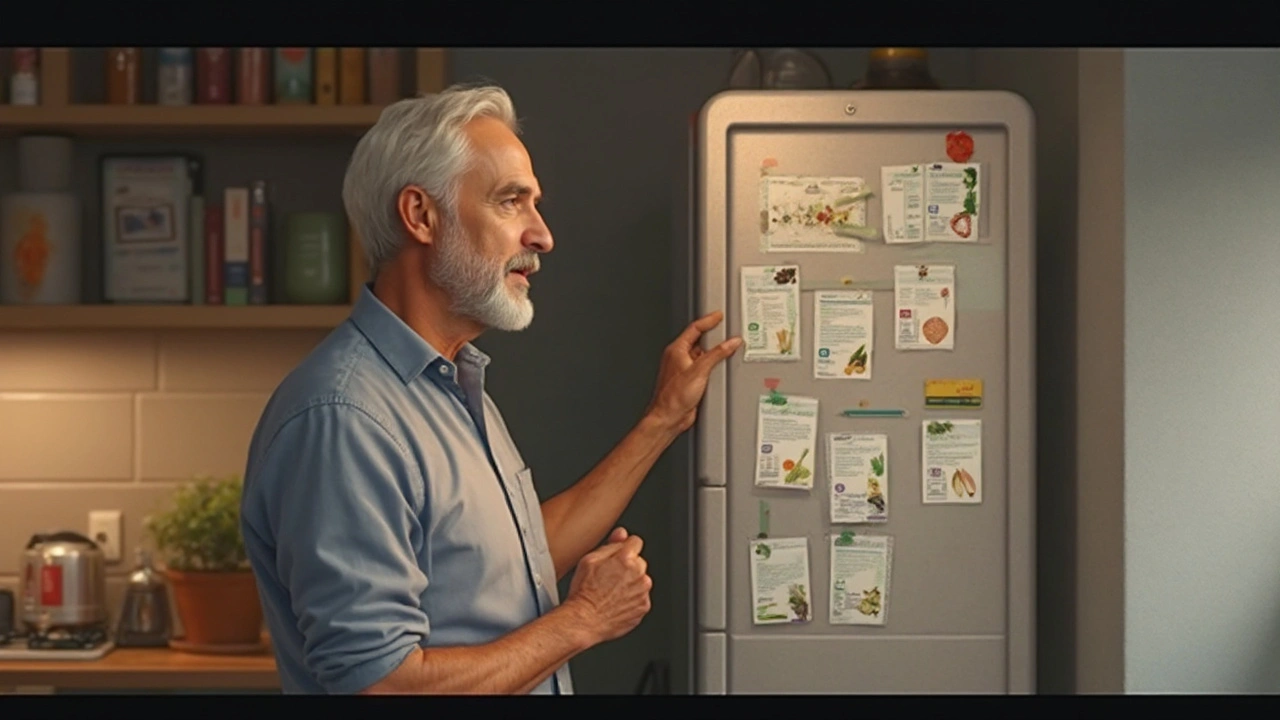Urinary incontinence: simple causes and real solutions
Leaking urine when you cough, laugh or rush to the bathroom is common — and it’s fixable in many cases. This page gives clear, practical steps you can try today, explains what likely causes different types of leaks, and shows when you should see a doctor.
Know the types and what causes them
Stress incontinence happens when pressure on the bladder (sneezing, lifting) forces out urine. It’s often due to weak pelvic floor muscles after childbirth or aging. Urge incontinence (overactive bladder) is a sudden strong need to go and can follow a urinary infection, nerve issues, or certain medications. Overflow incontinence is when the bladder never fully empties — common with prostate enlargement (BPH) or blocked flow. Functional incontinence comes from mobility or cognitive problems that stop you getting to the toilet in time.
Medications can matter. Diuretics, some antidepressants, and blood pressure drugs sometimes make leaks worse. Also look at habits: too much caffeine or alcohol, not enough pelvic work, and carrying extra weight can all increase leaks.
Quick fixes and daily tips you can try now
Start a bladder diary for a few days: track drinks, bathroom trips, and leaks. That helps you and your clinician spot patterns fast. Change fluid timing — avoid big drinks right before outings or bedtime. Cut back on caffeine and alcohol; they irritate the bladder.
Pelvic floor exercises (Kegels) are low effort and effective. To do them, tighten the muscles you’d use to stop peeing, hold 5–10 seconds, then relax for the same time. Aim for three sets of 10 reps daily. You can do these sitting, standing, or lying down. If you can’t feel the muscles, a physiotherapist can help with biofeedback or guided training.
Bladder training helps urge leaks: delay urination a little each time until your bladder gets used to longer gaps. Use absorbent pads or discrete underwear for confidence while you work on fixes.
If you’re a man with overflow symptoms from BPH, some medications relax the prostate and improve flow. There’s an article here about buying tamsulosin online and how it’s used safely after a proper diagnosis.
When simple measures don’t help, medical options include prescription pills for overactive bladder, topical estrogen for some women, Botox injections into the bladder, nerve stimulation, or surgical sling procedures for stress incontinence. Tests your doctor may run include urinalysis, bladder scans, and urodynamic studies to measure how your bladder fills and empties.
See a doctor right away if you suddenly can’t pass urine, have blood in the urine, severe pain, fever, or if leaks start after a fall or new medication. For ongoing leaks, an appointment is worth it — many treatments bring real improvement.
Start with a diary, try pelvic floor work, tweak fluids and caffeine, and reach out for medical help if things don’t get better. Small changes often make a big difference.

